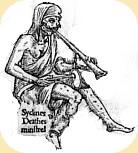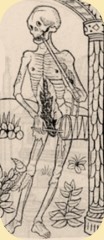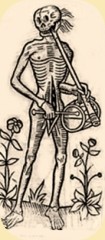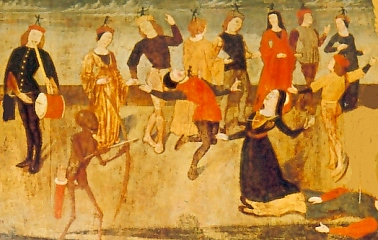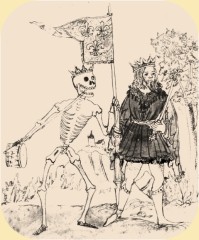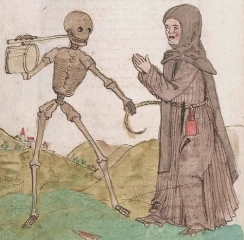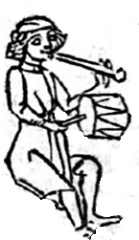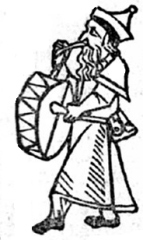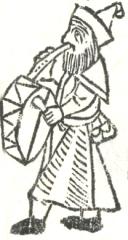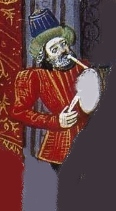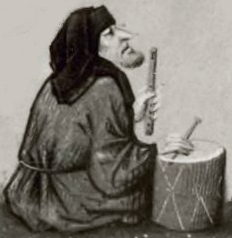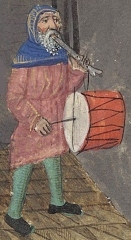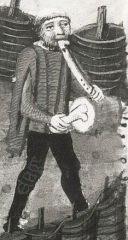Europe decorative arts
The Dance of Death
images used in a presentation at the annual sysmposium of The Taborers Society, 2011
[with further additions]
Dance of Death images started in the 15th century and both French and German The original dance of death style is one long line of people doing the farandole, with Where there is a dance there must be a musician. And sometimes the musician was a pipe and tabor player, pictured in the middle of the dance, or at the front. By the 14th century there were already poems and plays about death, both secular and religious, even before such concepts became popular subjects for drawings and paintings. Images illustrating death became particularly fashionable in Europe around the time of the Black Death, which was also a time of crop failure, climate change, pestilence, and the Hundred Years' War. The mortality rate was high; the average man lived to around 50 and a high proportion of children died before the age of 5. Public executions were commonplace and most people would have seen a dead body; death was not hidden away as it is today. |
||||||||||||
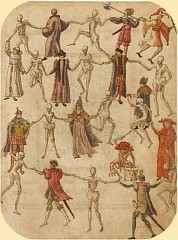 16thc Dance of Death (farandole) 16thc Dance of Death (farandole) |
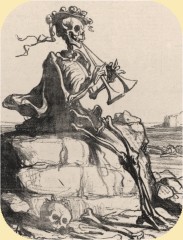 19th century, Honoré Daumier (France) 19th century, Honoré Daumier (France) |
|||||||||||
 1496 1496 |
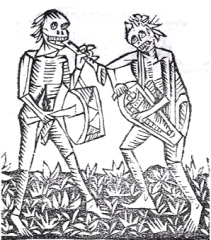 from Danse Macabre Association from Danse Macabre Association |
|||||||||||
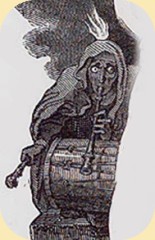 1830's 1830's |
 USA re-enactment 21st century USA re-enactment 21st century |
|||||||||||
|
||||||||||||
|
Basle - copies over 5 centuries |
||||||||||||
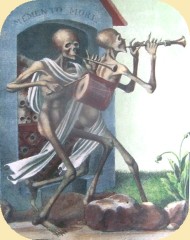 early 15thc
painting on cemetery wall, Basle early 15thc
painting on cemetery wall, Basle |
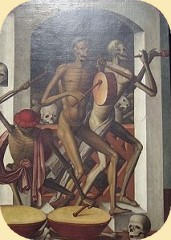 mid 16thc Lucerne Switzerland mid 16thc Lucerne Switzerland |
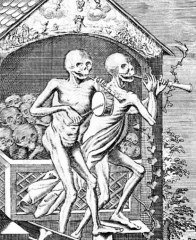 1650 1650 |
||||||||||
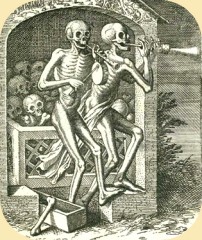 copies - 1681 copies - 1681 |
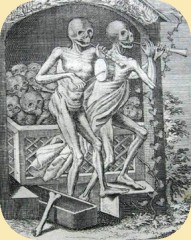 1744 1744 |
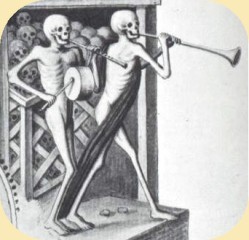 1768 1768 |
||||||||||
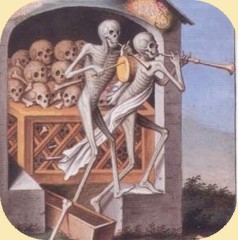 1773 1773 |
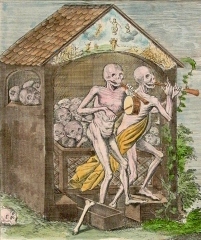 1820 1820 |
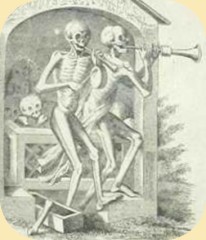 1832 1832 |
||||||||||
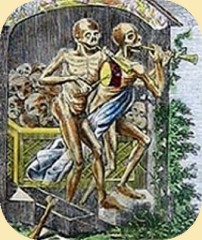 1860 1860 |
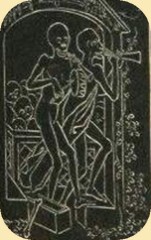 1875, guide book cover 1875, guide book cover |
|||||||||||
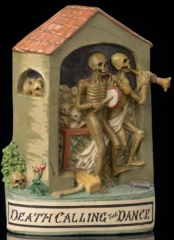 1801-1850 plaster statuette, England 1801-1850 plaster statuette, England |
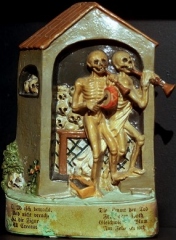 Basle statuette Basle statuette |
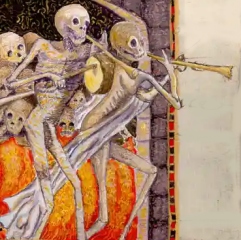 2011 copy 2011 copy |
||||||||||
Editions of Holbein's 'Dance of Death' |
||||||||||||
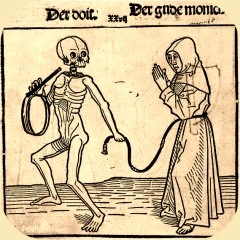 1488 The Good Monk 1488 The Good Monk |
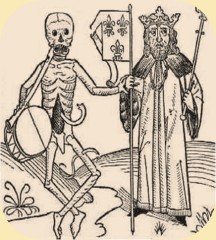 1488 The King 1488 The King |
|||||||||||
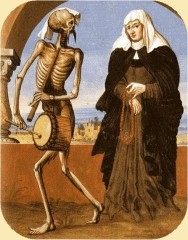 1516 Bern The Nun 1516 Bern The Nun |
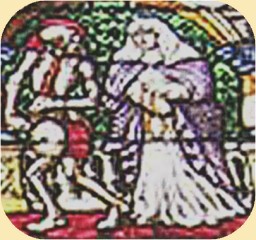 1448-53 The Nun, stained glass window 1448-53 The Nun, stained glass window Bern Switzerland |
|||||||||||
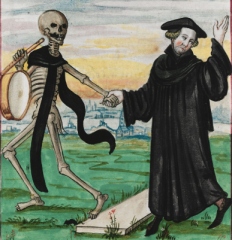 1575 Zimmern 1575 Zimmern |
||||||||||||
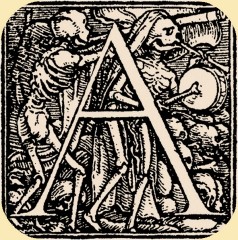 Holbein alphabet Holbein alphabet |
||||||||||||
Dance of Death on dagger sheath |
||||||||||||
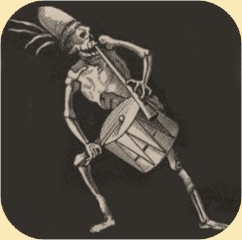 Holbein dagger sheath design Holbein dagger sheath design |
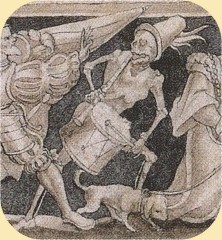 1529 design 1529 design
|
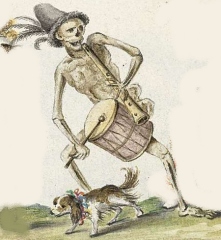 17th century copy of Holbein, possibly a reed instrument 17th century copy of Holbein, possibly a reed instrument |
||||||||||
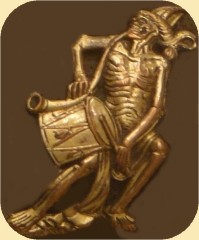 Victorian copy
of 1570 dagger sheath Victorian copy
of 1570 dagger sheath |
||||||||||||
15th century 'The Dance of the Blind' - French poem |
||||||||||||
|
||||||||||||
|
||||||||||||
top of page
